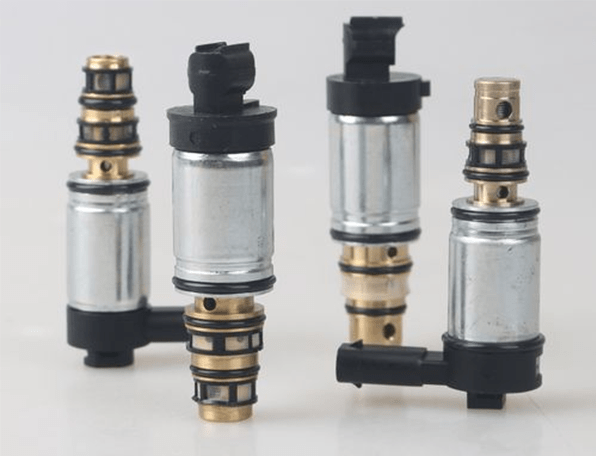
The car AC compressor control valve is a critical component in an automotive air conditioning system that plays a crucial role in regulating the operation of the AC compressor. Understanding its working principle, function, location, and recognizing failure symptoms are essential for maintaining a properly functioning AC system in your vehicle.
In this article, we will delve into the details of the car AC compressor control valve, its working principle, its function, its location within the system, and how to identify failure symptoms and replace it if necessary.
1. Working Principle of Car AC Compressor Control Valve

The control valve operates using an electromagnetic solenoid. When an electrical signal is sent to the solenoid, it opens or closes the valve, allowing or restricting the flow of refrigerant to the compressor.
By regulating the refrigerant flow, the control valve helps maintain the optimal operating conditions for the AC system, ensuring efficient cooling performance and preventing damage to the compressor.
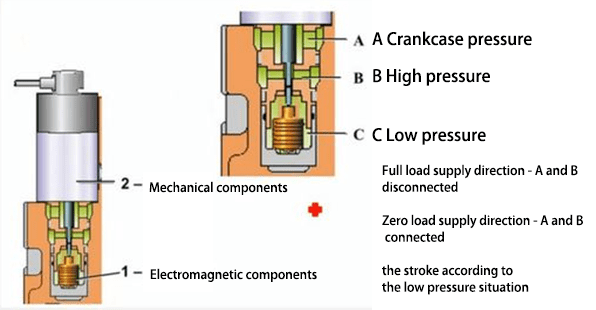
2. Car AC Compressor Control Valve Function
The function of the car AC compressor control valve is to regulate the flow of refrigerant to the compressor based on various factors. Its primary responsibilities include:
1. Refrigerant Flow Control: The control valve determines the amount of refrigerant that reaches the compressor, ensuring optimal cooling efficiency.
2. Pressure Regulation: By monitoring the pressure conditions in the AC system, the control valve helps maintain the required pressure levels for efficient operation.
3. Temperature Regulation: The control valve adjusts the refrigerant flow based on the temperature inside the vehicle, providing adequate cooling as per the set temperature.
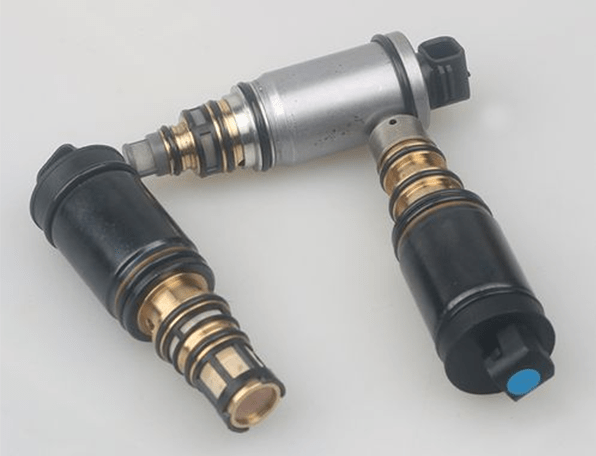
3. Car AC Compressor Control Valve Location
The precise location of the AC compressor control valve can vary depending on the vehicle make and model. However, it is typically found in one of two locations:
1. Within the AC Compressor: In some designs, the control valve is integrated directly into the AC compressor unit. This design offers compactness and simplifies the refrigerant flow path.
2. In the Refrigerant Lines: Alternatively, the control valve can be installed in the refrigerant lines leading to and from the AC compressor. It is often located near the compressor or in the vicinity of the AC system's high-pressure line.
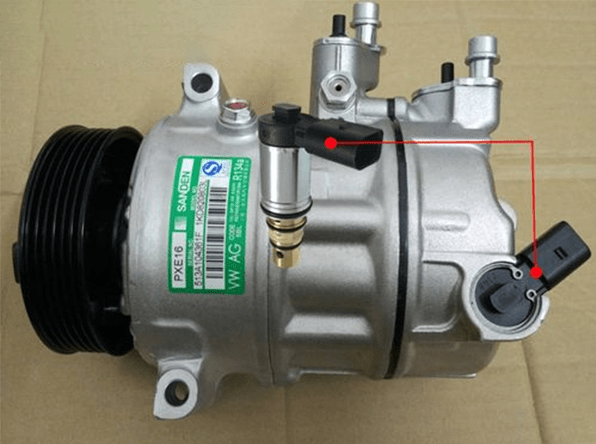
4. Car AC Compressor Control Valve Failure Symptoms
Identifying potential failure symptoms of the AC compressor control valve is crucial for timely maintenance and repair. Common signs of a failing control valve include:
1. Poor Cooling Performance: Insufficient cooling or a noticeable decrease in cooling capacity can indicate a faulty control valve restricting the refrigerant flow.
2. Inconsistent Cooling: If the AC system produces variable cooling results or experiences intermittent temperature fluctuations, it could be a sign of control valve malfunction.
3. Excessive Compressor Cycling: Frequent on/off cycling of the AC compressor may occur when the control valve fails to regulate refrigerant flow properly.
4. Complete AC System Failure: In severe cases, a failed control valve can lead to total AC system failure, resulting in no cooling at all.

5. Replacing the Car AC Compressor Control Valve
If you suspect a faulty control valve based on the symptoms mentioned above, it is recommended to consult a qualified automotive technician for a thorough diagnosis and replacement. However, here is a general outline of the replacement procedure:
1. Gather the Required Tools: Before starting, ensure you have the necessary tools, including wrenches, pliers, refrigerant recovery equipment, and safety gear.
2. Locate and Access the Control Valve: Refer to your vehicle's service manual to identify the control valve's exact location. Depending on the design, you may need to remove certain components or access panels for proper accessibility.

3. Safely Recover the Refrigerant: To avoid environmental harm, it is essential to recover the refrigerant from the AC system using specialized equipment. Consult a professional technician if you are not familiar with this process.
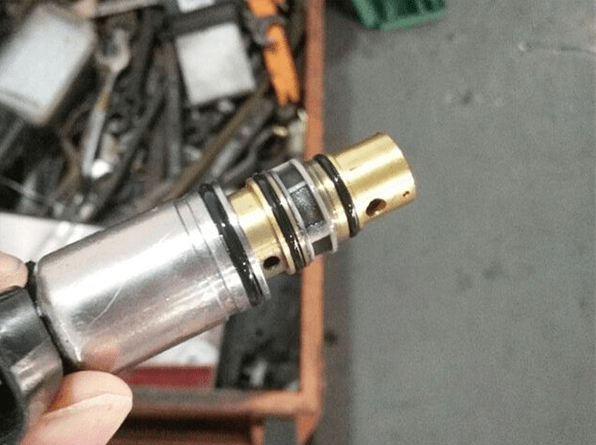
4. Remove the Faulty Control Valve: Disconnect any electrical connections and refrigerant lines attached to the control valve. Carefully remove the valve from its mounting location using appropriate tools.
5. Install the New Control Valve: Place the new control valve in the designated location and secure it firmly. Reconnect the electrical connections and refrigerant lines, following the manufacturer's guidelines.
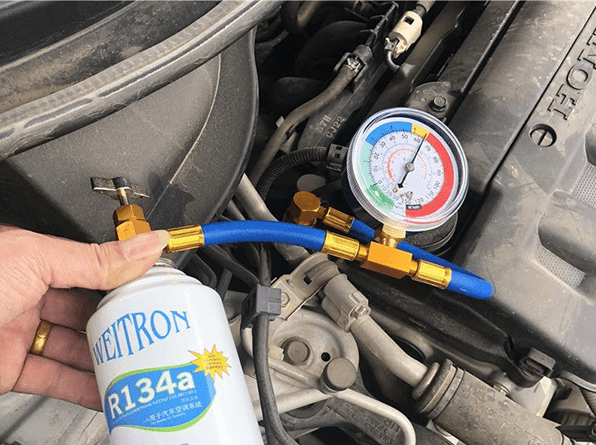
6. Recharge the AC System: After replacing the control valve, the AC system needs to be recharged with the appropriate amount of refrigerant. This step should be performed by a qualified technician using proper equipment.
7. Test and Verify: Once the AC system is recharged, test the cooling performance to ensure the replacement was successful. Monitor for any signs of abnormal operation and verify that the symptoms have been resolved.
6. Conclusion
The car AC compressor control valve is a vital component in maintaining the proper functioning of the AC system. Understanding its function, location, and recognizing failure symptoms can help you identify issues and seek timely repairs.
Remember, working with automotive air conditioning systems requires expertise, so it is recommended to consult a professional technician for diagnosis, replacement, and maintenance to ensure the longevity and efficiency of your car's AC system.


